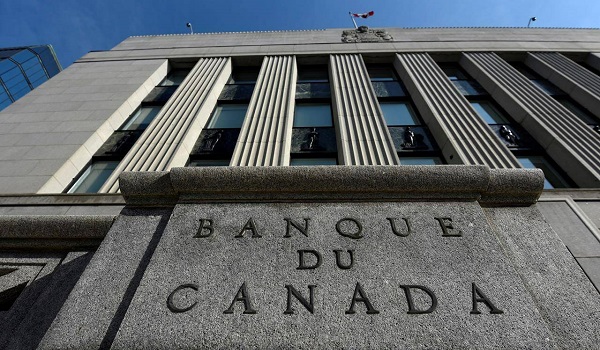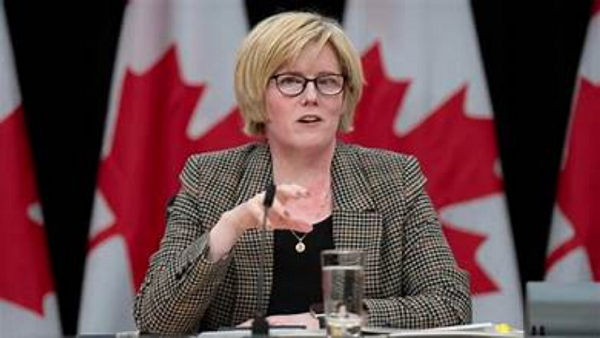Canada’s next interest rate announcement is expected on Wednesday. Is there a possibility for a rate cut?
Central bankers will gather in Ottawa on Wednesday to deliver their first interest rate announcement of 2024, with Canadians hopeful the new year will bring some relief to their wallets.
March will mark two years since the Bank of Canada began its aggressive campaign to curb post-COVID inflation, raising its key overnight lending rate to five per cent last July from 0.25 per cent in March 2022.
Economists largely expect the Bank to hold rates for the fourth consecutive time, according to data tracked by Bloomberg. Nonetheless, they’ll be watching closely for any hints in its narrative about how much longer rates will stay at current levels — a question that seems far from a definitive answer as inflation remains stubborn.
“We expect the BoC to push back against the idea that a shift to interest-rate cuts is coming soon,” RBC economists Nathan Janzen and Claire Fan said in a report on Friday. “Inflation is not yet fully back under control,” they added.
In December, Canada’s annual inflation rate climbed to 3.4 per cent from 3.1 per cent in November, according to Statistics Canada. “Core” inflation measures, adjusted for price volatility in their calculations, also came in higher than expected.
The “CPI-trim,” one of the core measures, was up in December to 3.7 per cent from 3.5 per cent the month prior. Meanwhile, the “CPI-median,” the other core measure, was unchanged at 3.6 per cent.


Benjamin Reitzes, economist at BMO, said central bankers will likely want to see these core inflation numbers get closer to two per cent before cutting rates.
“Rate cuts are very likely in 2024, but the Bank of Canada is going to remain as patient as possible for inflation and inflation expectations to retreat further,” he said.
Several inflation risks remain, warned Derek Holt, head of Capital Markets Economics at Scotiabank, in a Friday note to clients. These include higher shipping costs and wages, which are being fuelled by several union negotiations and high immigration.
Many economists are forecasting rate declines to begin in the second half of the year. But some are still predicting it will happen as early as springtime.
Holt said the Bank should be careful about spring cuts because it could risk boosting the housing market at a time when home sales are already traditionally more frequent.
December’s inflation data ignited conversations among economists around the central bank’s own monetary policy putting further pressure on inflation rates by keeping mortgage costs high and pushing more potential homeowners into the expensive rental market.
Rent prices rose 7.7 per cent on an annual basis in December, following a 7.4 per cent increase in November.
“If inflation is rising only because of shelter inflation, this is really not inflationary, it’s disinflationary, because it’s impacting the consumer in a negative way,” Benjamin Tal, deputy chief economist of CIBC, told the Star last week.
In a note to clients, Tal said the Canadian economy is already facing a per capita recession, a measure of the level of output in the economy relative to how many people are in it. It means that living standards for most Canadians are declining.
“In the tug of war between a slowing economy and still elevated inflation, it is inflation that will eventually raise the white flag,” Tal wrote. “But at what cost?”
This article was reported by The Star













